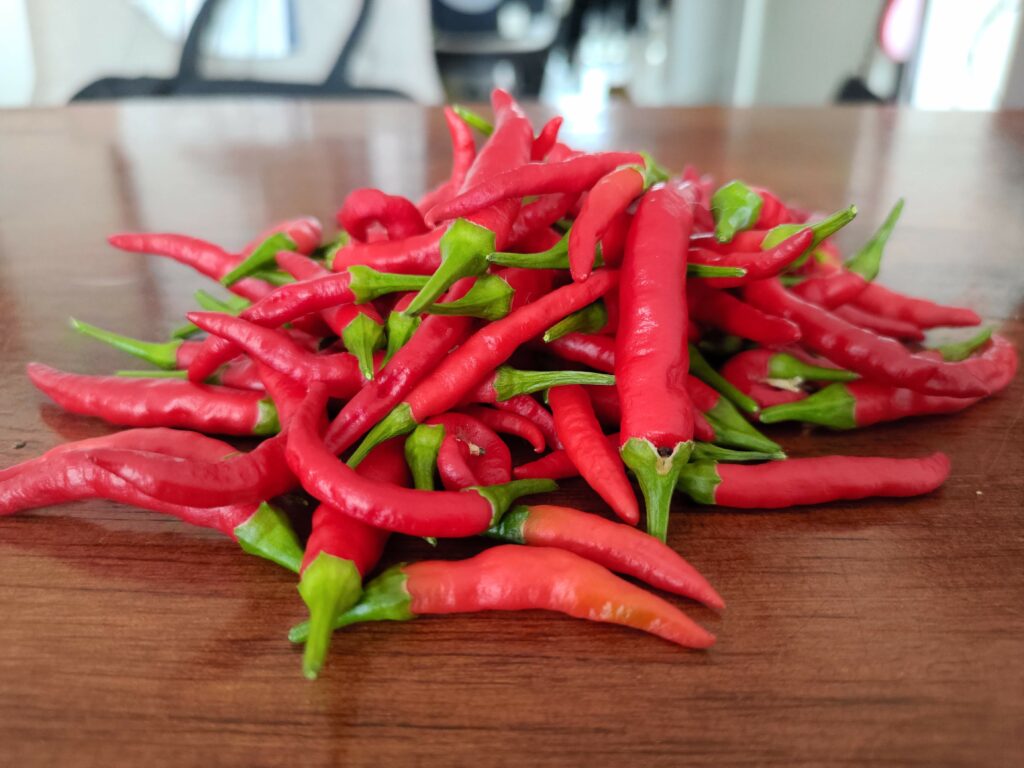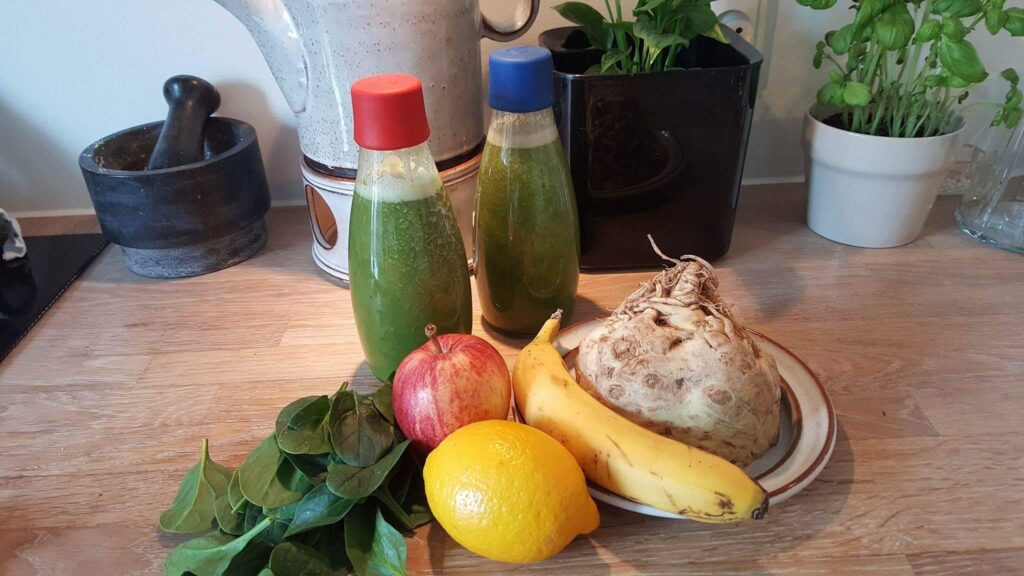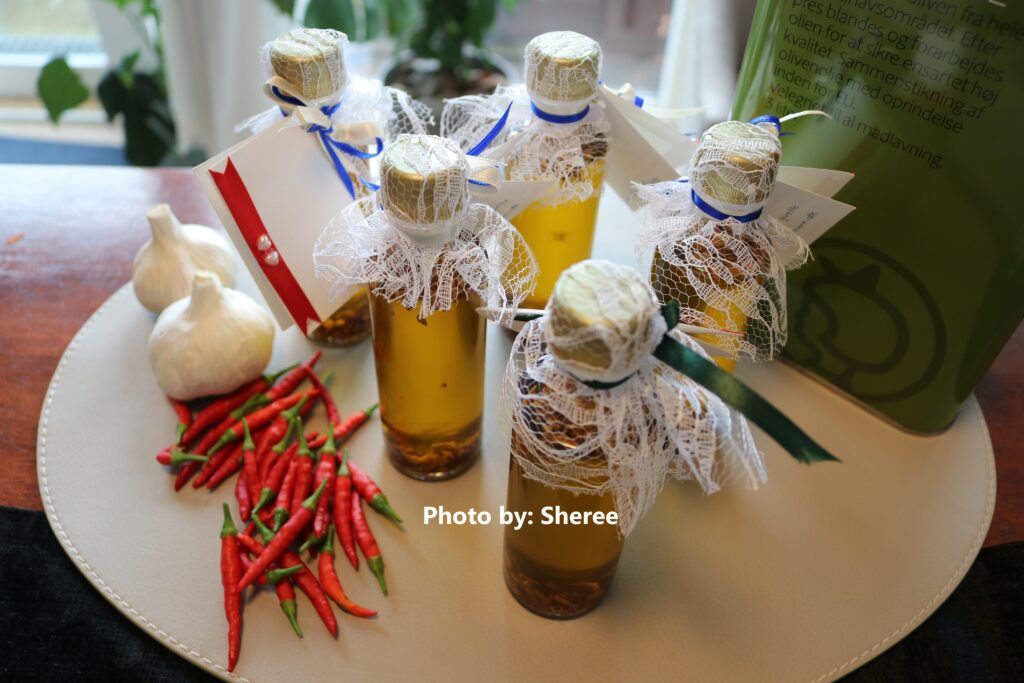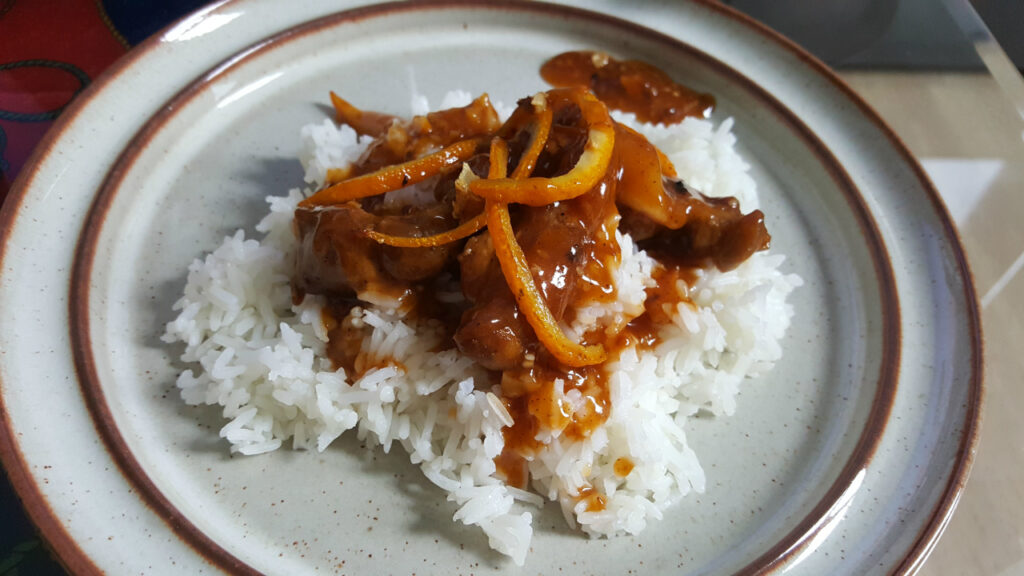This article was written on August 18, 2018 under the previous Blooming Etiquette’s website.
In this section of my blog, we will talk about ecological “økologisk” food products. Does it costs more? Is it healthier? What is the story behind promoting ecological products? Does being ecological has something to do with culture?

It doesn’t costs as much as you thought.
Whenever one says it is organic, it is ecological. Organic is widely used as a description for food that were produced without pesticides, additives and GMO. Today, we uses the term ecological more than organic. It refers to the high standard methods in farming up to considerate slaughtering of animals. The use of fertilizers and limiting the use of excess water to crops is also part of it.

The economic status varies from country to country and the same with people. Promoting organic products is widespread in Europe, since transport is easier and trade access is bigger between countries. On a brighter side, exporting and importing of goods outside of the european union creates harmony and economic development to both parties.
I am a food enthusiast and my passion for cooking has grown fondly when I came to Denmark. In most days, I read cookbooks as inspiration. I started using danish / local food varieties because they are cheaper than imported goods from Asia & America (that I am used to). After some time, I discovered that in a Danish supermarket, one could find a wide variety of spices for asian and nordic cuisine. I have always thought that “økologisk” ecological/organic are a little expensive than the normal locally produced products, but then I learned that it is good for our bodies and for the environment. By doing so, we contribute each time to the further development and sustainability of ecological food products.

In the picture below, I used fresh organic orange peels & juice and other spices. Rice is also ecological and taste a lot better.

In my homeland, Philippines, organic farming has started and a number of private individuals and organizations has been actively developing ways in the sustainable organic farming. As I write this blog, it has been 28 months since the last time I visited home and the information collected are from reliable sources from the main website(s) of the subjects.
Last November 2016, the Department of Agriculture- National Organic Agriculture Program celebrated the 2nd Organic Agriculture Month with the theme “Organikong Pamamaraan: Para sa Kaunlaran ng Mamamayan at ng Kalikasan”. The theme encompasses how Organic Agriculture can address the timely issue on Climate Change and how OA ensures environmental sustainability and safe food for the Filipinos by eliminating the use of chemicals in producing organic products.
Ecological. Organic. Better and Greener Living.
Animal welfare
For non-vegetarians, our consumption of meat is higher than vegetables. Did you know that the quality of meat is dependent on how it was raised/produced or killed for human consumption?
For example, one of the most ecologically produced meat is chicken since it doesn’t need much process to produced them. In most cases, they could be in a farm where they could walk freely.
On the other hand, pigs that has been taken care well of by providing a bigger space for them to walk around whenever the weather permits them, checking their health conditions up to bringing them to slaughter houses will definitely produced better quality than those of non-ecologically or poultry grown pigs.
Preventing the use of pesticide(s) and additives
Vegetables and other crops are also some of the most ecologically produced food varieties, whether local or international. Limiting or if possible not using any pesticides; these stays in the fruits or vegetables even after washing them with water.
Did you know?
Potatoes are labeled as environment-friendly /ecological than rice? These nutrient-rich root crops can be grown in our backyard and are easy to harvest.
In Denmark, potatoes are paired with many dishes and are cooked in different recipes. One of my favorite is the “flødekartofler”.
You might be interested to try it the danish way. 🙂 I got this recipe from: https://madsvin.com/floedekartofler-verdens-bedste/
I translated it from danish to english for my readers.Flødekartofler – Verdens bedste Preparation time Cooking in the oven Total time15 minutter 2 hours or less 2 hours and 15 minutes
Ingredients: World’s best flødekartofler / cream potatotoes
- 2 kg potatoes
- 2-3 big leeks
- 1 fed garlic (2 or more if you want to get a strong garlic taste)
- 0,75 liter fløde /cream (I suggests cream without sugar)
- ½-1 tsk stewed nutmeg
- Salt
- Ground black pepper
- Cheese (Gouda recommended)
1. Peel your potatoes and cut them into 3-4 mm thick slices – like with a mandolin if you have one.
2. Clean the leeks and cut them into slimmer slices – take as much of the green of the porridge as possible.
3. Garlic peel and cut into ultra thin slices.
4. Stir the nutmeg into your cream in a bowl.
5. Now put your potato slices and pork slices into layers in a refractory dish. The potatoes must cover the whole layer where the porpoises can be poured a little more loosely on top. Finally add 2-4 of the ultra thin slices of garlic and grind a little (!) Salt and pepper on top.
6. Now pour the cream – it should cover exactly 75% of the potatoes, if necessary, add a little extra cream.
7. Place in the oven at 175 degrees for 1.5 hours. After one hour, you just feel in the potatoes with a pinch, they are still very hard, you can use screw screw up to 200 degrees. While the potatoes stand and bubble in the cream, you’ll find that the cream thins a bit – here you have to keep calm. If you beat cold water in the blood and let it fit yourself, the cream will boil and eventually be pleasantly creamy.
8. If you want cheese, take the cream potatoes out of the oven 15 minutes before serving, pour a little grated cheese emmentals or gouda on top and put it back in the oven. When the cheese is golden, your cream potatoes are ready.
notes
Cream potatoes can be cooked well in advance and warmed up before serving. If you do, I recommend storing the cracked cheese just prior to serving.
Why it is better to buy locally produced food products?
If we are able to produce our own organically grown vegetables in our garden and farms, we naturally save up money.
Animals doesn’t need to be transported by long driving on the road before slaughtering that will cause them to be stressed.
Vegetables, fruits and other fruit crops doesn’t need additives or pesticides to keep them stay fresh longer.
Our support to the economy will be greater if we buy our own local products.
On a business/ trading aspect, supporting our local products also means producing large amounts for export to other countries that are not capable or finds it hard to produce food varieties because of climate, resources and weather conditions.
Denmark became one of the first countries in the world to introduce legislation on organic production. The first act was passed in 1987. Shortly afterwards, the state inspection logo, known as the red Ø logo, was introduced.
The Ø logo is an inspection label and shows that the latest preparation of the product has taken place in a Danish company inspected by the public authorities. Therefore, the logo can be seen on both foods that originate from Danish organic farms and on imported foods that are processed, packed or labeled in Denmark. -Ministry of Environment and Food of Denmark
The world leading organic nation
The Danish consumers are the most pro-organic consumers in the world. In fact Denmark has the world’s highest organic share and the most well-developed organic market.http://organicdenmark.com/organics-in-denmark/facts-and-figures
http://denmark.dk/en/green-living/

